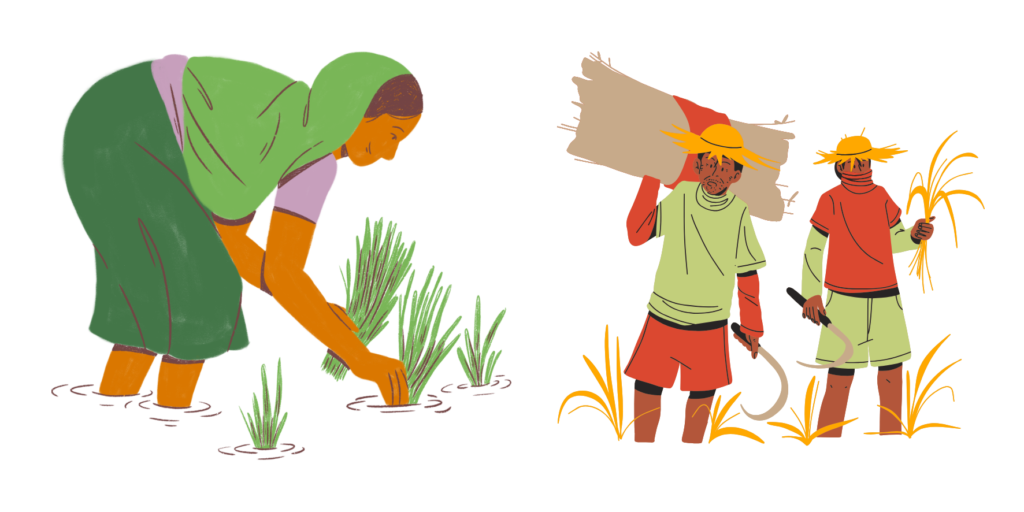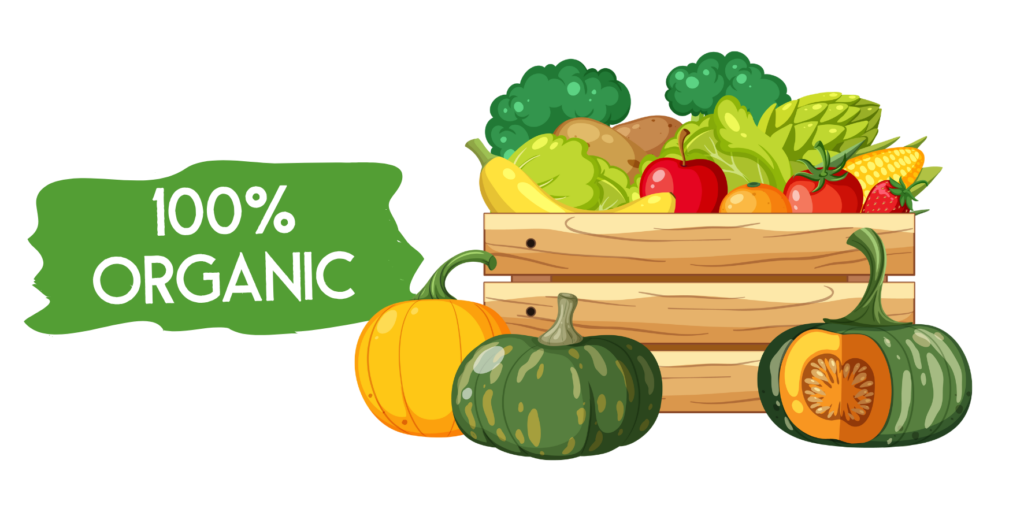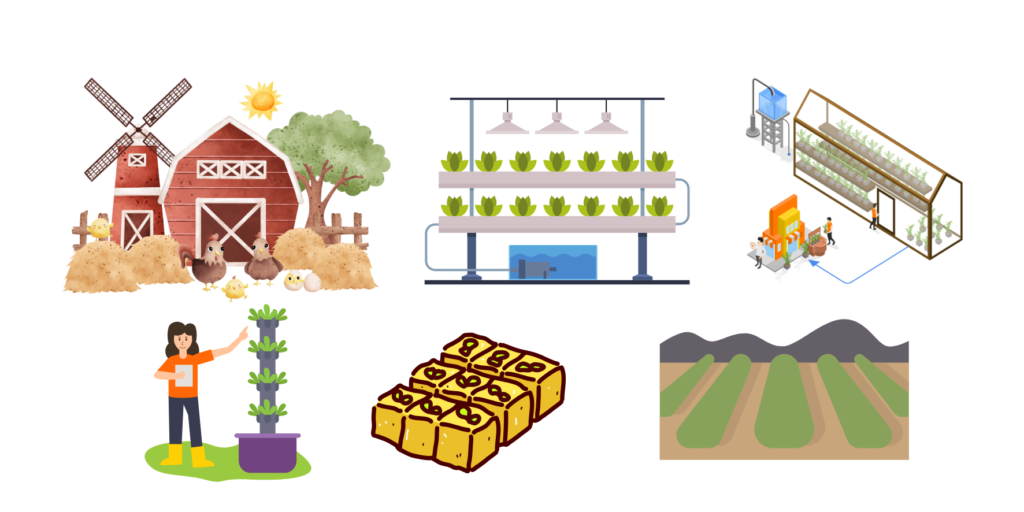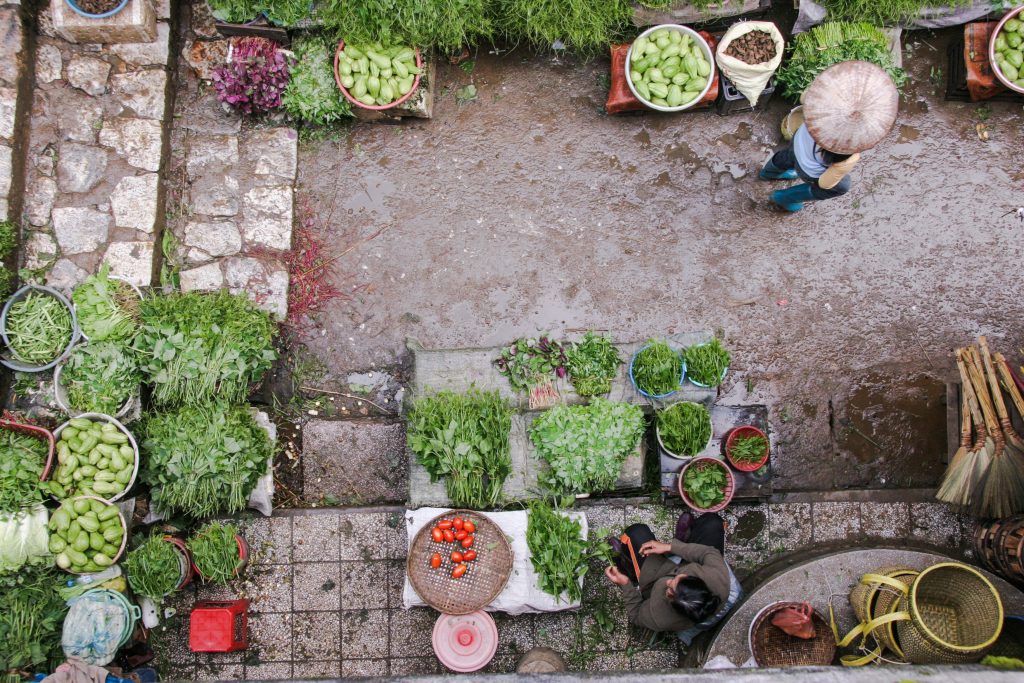Addressing the Problem: The Interconnection Between Environment and Food Choices

As environmental degradation intensifies, a holistic approach to restoration and sustainability becomes essential. One often overlooked yet impactful aspect is our relationship with food. The way we grow, source, and consume food significantly affects the environment. Over-reliance on industrialized agriculture contributes to deforestation, soil depletion, biodiversity loss, and greenhouse gas emissions.
However, the solution lies not only in large-scale policy changes but also in personal and community actions. By revisiting our food systems and practices, we can simultaneously rejuvenate the environment and enhance personal well-being.
Solution: Leveraging Plant-Based Nutrition and Local Food Systems
Plants, in their diverse forms—fruits, leaves, roots, bark, flowers, seeds, resin, and oil—are packed with essential nutrients beneficial for human health. Fresh and locally sourced plants, in particular, offer superior taste, vibrancy, and nutritional value. Homegrown food or produce from local farmers supports both personal health and environmental sustainability.
Scientific Backing
Studies have shown that:
- Local and organic farming reduces carbon footprints by minimizing transportation emissions and reliance on synthetic fertilizers.
- Diverse cropping systems improve soil fertility, reduce pest outbreaks, and support pollinators, ensuring ecosystem stability.
- Plant-based diets have a lower environmental impact compared to meat-heavy diets. Research published in Science (2018) found that shifting to plant-based eating could reduce global greenhouse gas emissions by up to 70%.
Global Steps Toward Sustainable Food Systems

Governments, organizations, and communities worldwide are implementing initiatives to address these challenges:
- The European Green Deal: Includes strategies like “Farm to Fork,” aiming for sustainable food systems and a 50% reduction in chemical pesticides by 2030.
- UN Sustainable Development Goals (SDGs): Goals 2 (Zero Hunger) and 13 (Climate Action) emphasize sustainable agriculture and food security while addressing climate change.
- Technological Innovations:
- Indoor and vertical farming: Enabled by AI and hydroponics, it optimizes space and resources to grow food in urban environments.
- Precision agriculture: Uses data to reduce waste and enhance crop yield.
- Community Initiatives: Programs like urban gardens and food forests in cities like Singapore and Detroit promote local food production and reduce food deserts.
Individual Contributions: What You Can Do

- Grow Your Own Food
- Start small: Cultivate herbs, vegetables, or greens on a balcony, terrace, or backyard.
- Experiment: Explore hydroponics or vertical gardening, especially if space is limited.
- Support Local and Organic Farming
- Purchase produce from local markets or join a Community Supported Agriculture (CSA) program.
- Engage with farmers to understand their practices and advocate for organic and sustainable methods.
- Reduce Food Waste
- Plan meals to minimize waste.
- Compost organic waste to enrich soil for gardening.
- Promote Community Farming
- Encourage community gardens in neighborhoods to build self-sufficiency and foster collaboration.
- Share knowledge and resources within the community to increase participation.
- Advocate and Educate
- Participate in educational programs or workshops focused on sustainable farming and plant-based diets.
- Teach children gardening and sustainable practices at home and in schools.
Implementation: From Policy to Practice
- Policy Support for Farmers
- Subsidies for organic and diverse crop farming.
- Financial incentives for adopting sustainable practices.
- Education and Training
- School curriculums incorporating practical gardening skills.
- Workshops on sustainable agriculture and food sovereignty for all age groups.
- Technology Accessibility
- Making AI-driven tools and indoor farming techniques affordable for small-scale farmers and urban dwellers.
- Community Building
- Form local collectives to share tools, seeds, and knowledge, reducing individual costs and increasing impact.
Conclusion
As individuals, families, and communities, our choices can drive change. Growing your own food, supporting local farmers, and reducing waste are not just steps toward self-sufficiency but powerful ways to contribute to environmental restoration. Together, these actions, combined with global policy efforts, can pave the way for a sustainable future where we thrive alongside a rejuvenated environment.
The path forward begins with small, actionable steps—planting seeds, both literal and metaphorical, for a greener tomorrow.
The Garden Project
 The Garden Project is one of our organisational efforts towards establishing a locally oriented, selfsufficient world. The project is planned as a trial to test making a single village in Austria completely self-sufficient in terms of providing food throughout the year. The work is planned in three phases:
The Garden Project is one of our organisational efforts towards establishing a locally oriented, selfsufficient world. The project is planned as a trial to test making a single village in Austria completely self-sufficient in terms of providing food throughout the year. The work is planned in three phases:
Phase 1:
Preparing soil and reshaping landscape for increased growing space. So far, 75 different variations of vegetables, fruits and flowering plants have been planted in the garden in order to check the different parameters required to improve the space over the next few years. The goal is to have a fresh supply of organic produce for the Open Attempt team members and for all the elderly population in the benchmark village.
Phase 2:
Depending on the interest of the residents of the village and the support from public and/or private actors, the goal is to encourage everyone in the village to grow their own food. For those who cannot, especially for the elderly, the idea is to start a community farm that can be maintained by the Organisation.
Phase 3:
Build an indoor growing space to supply fresh food for four to five nearby villages during wintertime and during any kind of unrest. The goal is to build a model that can be useful for other villages to replicate and implement.
You can follow us on our social media platform to see the progress and to volunteer
